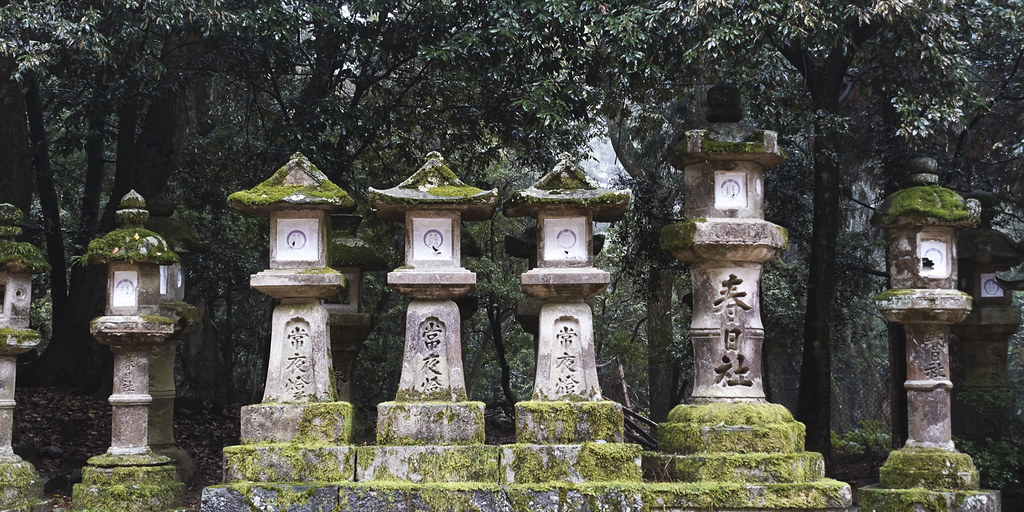#kasugayama primeval forest
Text



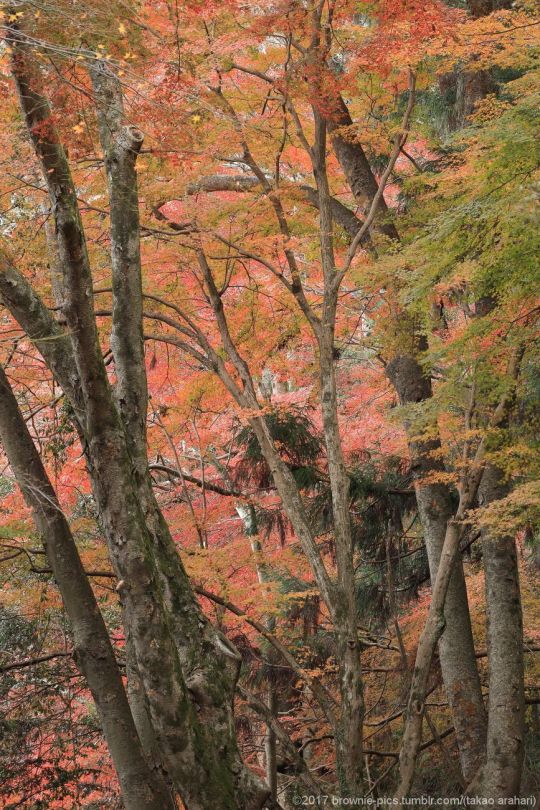
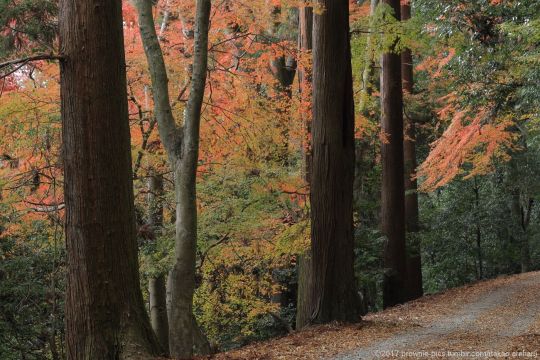
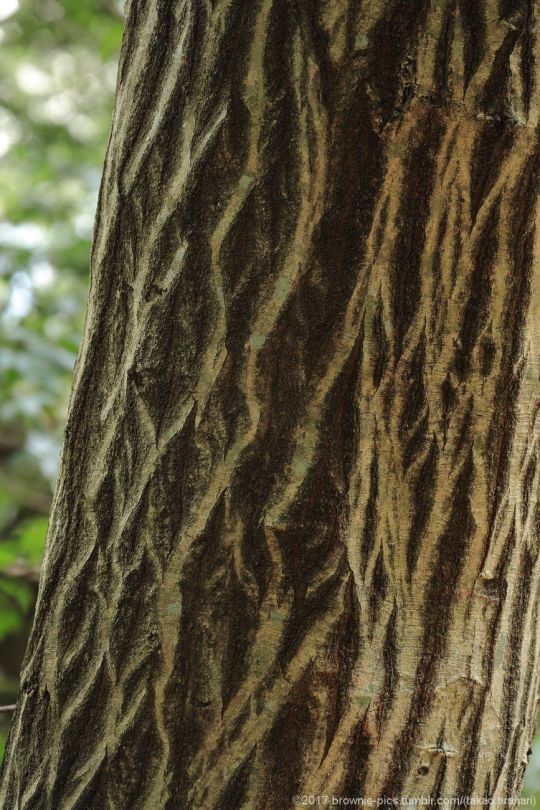
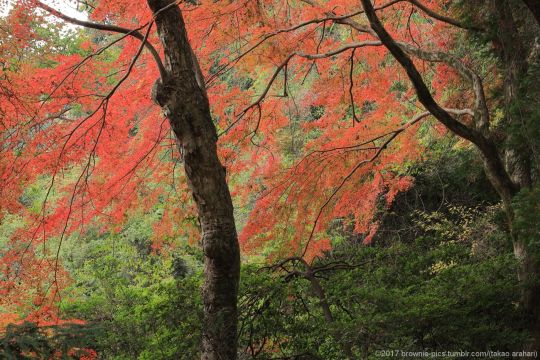



’23.12.3 春日山遊歩道(南コース)にて
地獄谷新池から遊歩道の紅葉を味わいつつ緩やかに山を下って行きます。この時点でもうお昼前、やたらとお腹が空いてきて・・でも紅葉は綺麗で撮りたいし・・と言うタイミングで @masachi さんから僕と @neko-no-oto さんに飴ちゃんの配給が😋🍭。こんな時は飴ちゃん一つ食べるだけでずいぶんと空腹も落ち着くものですね。
補給食のありがたみを身に染みて感じたところで、遊歩道も出口に差し掛かります。少し遅くなりましたがお昼を食べに高畑の「鹿の子」へ向かいます。春の散策と同じくにゅうめん食べますw
#奈良#nara#奈良公園#nara park#春日山原始林#kasugayama primeval forest#春日山遊歩道#kasuga-yama walking trail#秋#autumn#紅葉#atumn leaves#photographers on tumblr#natgeoyourshot
111 notes
·
View notes
Text
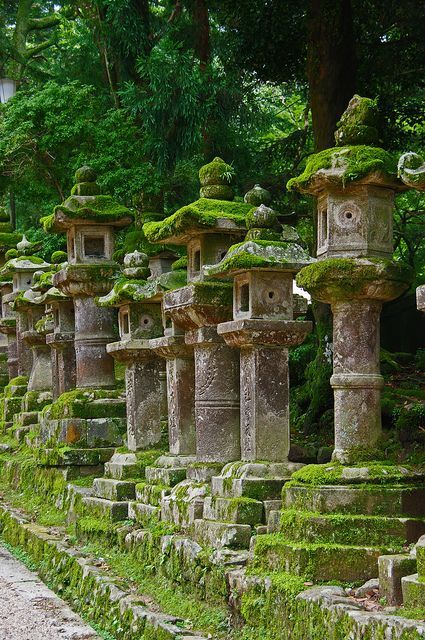
Kasuga Taisha Shrine, Nara, Japan Kasuga Grand Shrine (春日大社 Kasuga-taisha?) is a Shinto shrine in the city of Nara, in Nara Prefecture, Japan.[1] Established in 768 AD and rebuilt several times over the centuries, it is the shrine of the Fujiwara family. The interior is famous for its many bronze lanterns, as well as the many stone lanterns that lead up the shrine. The architectural style Kasuga-zukuri takes its name from Kasuga Shrine's honden (sanctuary). Kasuga Shrine, and the Kasugayama Primeval Forest near it, are registered as a UNESCO World Heritage Site as part of the "Historic Monuments of Ancient Nara". The path to Kasuga Shrine passes through Deer Park. In Deer Park, deer are able to roam freely and are believed to be scared messengers of the Shinto gods that inhabit the shrine and surrounding mountainous terrain. Kasuga Shrine and the deer have been featured in several paintings and works of art of the Nambokucho Period.[2] Over a thousand stone lanterns line the way. The Man'yo Botanical Garden, Nara is adjacent to the shrine. (Wikipedia EN: en.wikipedia.org/wiki/Kasuga-taisha )
16 notes
·
View notes
Video
laterns, nara, japan 7986 by s.alt
Via Flickr:
kasugayama primeval forest. nara, japan
Follow me on:
Tumblr & instagram
#kasugayama primeval forest#nara#japan#kasugayama#primeval#forest#stone lantern#stone#lantern#historic monuments of ancient nara#unesco world heritage site#unesco#world heritage#奈良市#nara prefecture#kansai#kansai region#city
40 notes
·
View notes
Photo

Miroku Nara is a minimal boutique hotel located in Nara, Japan, designed by Keiji Ashizawa Design. Miroku Nara by THE SHARE HOTEL is located by the shores of “Araike” at the southern end of Nara Park, where you can see UNESCO heritage sites such as the Kofukuji Five-storied Pagoda and the Kasugayama Primeval Forest.
68 notes
·
View notes
Photo

There is so much to look forward to on your trip to Nara — Japan’s first capital. For starters, there’s the quaint Nara Park where hundreds of adorable deer roam free as they bow to you when you feed them some crackers! You can even find the towering Daibutsu or Great Buddha sculpture in Todai-ji Temple as well as discover early Japanese history and culture at Nara National Museum.
Activities to do around Nara?
Check out these ‘top things to do in Nara‘ for fun activities and tours!
.title-bar:after, .title-bar:before, .title-bar:after, .title-bar:before, h2{ border-color: }
Best Hotels in Nara
» Best Budget Hotels in Nara «
+ Oak Hostel Nara
» See the BEST price deal & read reviews at HostelWorld, Agoda or Booking.com
» You can also check HotelsCombined to compare rates
Relax in an ultra comfy bedroom with wooden furnishing at Oak Hostel Nara. You can even avail of free airport transfer for a more seamless travel experience.
What to love: The central location
Address: 630-8214 Nara, Nara, Higashimuki Kitamachi 15
Closest landmark: Kintetsu Nara Station
Price starts from: $20~
+ Guesthouse Tamura
» See the BEST price deal & read reviews at Agoda, Booking.com or HostelWorld
» You can also check HotelsCombined to compare rates
Stay a night or two in a Japanese-style room at Guesthouse Tamura. Choose to stay in a private room or dorm room. Enjoy easy access to famous attractions like Nara Park and Todaiji Temple.
What to love: The delicious homemade breakfast
Address: 630-8301 Nara, Nara, Takabatakecho 1107-2
Closest landmark: Gangoji Temple
Price starts from: $20~
+ Guesthouse Naramachi
» See the BEST price deal & read reviews at Agoda, Booking.com or HostelWorld
» You can also check HotelsCombined to compare rates
Check out this converted merchant’s house from the early 20th century! As one of the best hotels in Nara, guests will love the comfy bed and Japanese-style rooms, complete with futon beds and tatami flooring.
What to love: The nostalgic vibe
Address: 630-8322 Nara, Nara, Kitakyobate-cho 30
Closest landmark: JR Kyobate Train Station and Gangoji Temple
Price starts from: $20~
+ The Deer Park Inn
» See the BEST price deal & read reviews at Agoda, Booking.com or HostelWorld
» You can also check HotelsCombined to compare rates
Located within Nara Park at the foot of Mt. Wakakusa, it boasts of wonderful outdoor views and rustic ambience right in your room. What’s more, you also get the chance to pet and feed free-roaming deer.
What to love: The peaceful atmosphere
Address: 630-8212 Nara, Nara, Kasuganocho 158-5
Closest landmark: Kasuga Taisha
Price starts from: $20~
+ Guesthouse Nara Komachi
» See the BEST price deal & read reviews at Agoda, Booking.com or HostelWorld
» You can also check HotelsCombined to compare rates
Be pleasantly surprised by the chic interior design of this hotel. Take your pick between Japanese-style and Western-style rooms with their own private bathroom. You also get an LCD TV with digital channels, complimentary Wi-Fi, a shared kitchen, and a video game console.
What to love: The elegant design
Address: Nara, Nara, Suruga-machi 41-2
Closest landmark: JR Nara Station
Price starts from: $35~
» Best Mid-Range Hotels in Nara «
+ Ryokan Matsumae
» See the BEST price deal & read reviews at TripAdvisor
» You can also check HotelsCombined to compare rates
Stay at this quaint ryokan with a central location. The hotel also offers traditional lifestyle classes to elevate your travel experience. Try your hand at the art of ink and brush calligraphy here!
What to love: The traditional classes
Address: 28-1 Higashi Terabayashicho, Nara 630-8362
Closest landmark: Kofuku-ji Temple
Price starts from: $55~
+ Hotel Nikko Nara
» See the BEST price deal & read reviews at Agoda or Booking.com
» You can also check HotelsCombined to compare rates
Experience world-class service at Hotel Nikko Nara. Feel right at home with its minimal and cozy design. Enjoy various facilities such as the swimming pool, fitness center, spa, and free access to the bath house. Another plus on my book is the spacious room, that’s not only air-conditioned bu also has a heater.
What to love: The variety of amenities
Address: 630-8122 Nara, Nara, Sanjohonmachi 8-1
Closest landmark: JR Nara Station
Price starts from: $65~
+ Onyado Nono Nara
» See the BEST price deal & read reviews at Agoda or Booking.com
» You can also check HotelsCombined to compare rates
Unwind in this charming ryokan or traditional Japanese inn. Enjoy the topnotch service of friendly staff and 24-hour reception desk. You can also experience relaxation in the onsen or Japanese hot springs available to guests.
What to love: The natural hot spring baths
Address: 630-8115 Nara, Nara, Omiyacho 1-1-6
Closest landmark: Nara Station
Price starts from: $65~
+ Hotel Fujita Nara
» See the BEST price deal & read reviews at Agoda or Booking.com
» You can also check HotelsCombined to compare rates
Discover the understated but classic furnishing of Hotel Fujita Nara. Guests can enjoy soothing massage treatments, or savor local cuisine at the in-house restaurants.
What to love: The convenient location
Address: 630-8236 Nara, Nara, Shimosanjo-cho 7-1
Closest landmark: Kintetsu Nara Station and JR Nara Station
Price starts from: $70~
+ Hotel New Wakasa
» See the BEST price deal & read reviews at Agoda or Booking.com
» You can also check HotelsCombined to compare rates
Enjoy your stay in this Japanese boutique-style hotel, complete with tatami flooring and futon bedding. Lounge by the terrace, where you’re rewarded with captivating views of Mt. Wakakusa and Todaiji Temple. Cool off in the private spa pool.
What to love: The stunning mountain view
Address: 630-8274 Nara, Nara, Kitahanda Higashimachi 1
Closest landmark: Nara Prefectural Art Museum
Price starts from: $100~
» Best Luxury Hotels in Nara «
+ Nara Hotel
» See the BEST price deal & read reviews at Agoda or Booking.com
» You can also check HotelsCombined to compare rates
Get treated like royalty at the Nara Hotel. Marvel at the traditional architecture and stylish rooms. Guests love the rooms’ inviting, warm tones and large, floor-to-ceiling windows. The hotel is also home to several restaurants that service flavorful French and Japanese cuisine.
What to love: The VIP treatment
Address: 630-8301 Nara, Nara, Takabatake-cho 1096
Closest landmark: Gangoji Temple
Price starts from: $130~
+ Nipponia Hotel Nara Naramachi
» See the BEST price deal & read reviews at Agoda or Booking.com
» You can also check HotelsCombined to compare rates
Get the authentic Japanese experience at this ryokan. Feel right at home in its welcoming interior and slow down by the lush gardens just right outside your room.
What to love: The amenities
Address: 630-8345 Nara, Nara, Nishijyodo-cho 4
Closest landmark: Gangoji Temple
Price starts from: $200~
+ Mikasa
» See the BEST price deal & read reviews at Agoda or Booking.com
» You can also check HotelsCombined to compare rates
Rest on a traditional futon bed at Hotel Mikasa. Situated right next to Kasugayama Primeval Forest, it provides scenic views of the outdoors. Choose to take a refreshing dip in the open-air onsen or hot spring bath, or relish in a hot meal made with local ingredients.
What to love: The panoramic vistas right outside your room
Address: 630-8202 Nara, Nara, Kawakami-cho 728
Closest landmark: Shosoin
Price starts from: $250~
+ Kotonoyado Musashino
» See the BEST price deal & read reviews at Agoda or Booking.com
» You can also check HotelsCombined to compare rates
Check out Nara’s first Edo period ryokan, the Kotonoyado Musashino. Immerse yourself in nature and local architecture by strolling around the park or availing of the free bicycle rental. Don’t forget to savor an appetizing kaiseki or traditional multi-course dinner during your stay here.
What to love: The intricate architecture
Address: 630-8212 Nara, Nara, Kasugano-cho 90
Closest landmark: Kasuga Taisha
Price starts from: $260~
+ Noborioji Hotel Nara
» See the BEST price deal & read reviews at Agoda or Booking.com
» You can also check HotelsCombined to compare rates
Discover comfortable living at this renowned hotel that’s been given the 4 Red Pavilions accolade by Michelin Guide Kansai. Indulge in multi-course French, Japanese or American meals, a healing aromatherapy massage, and more!
What to love: The award-winning service
Address: 630-8213 Nara, Nara, Noborioji-cho 40-1
Closest landmark: Kintetsu Nara Station
Price starts from: $340~
.title-bar:after, .title-bar:before, .title-bar:after, .title-bar:before, h2{ border-color: }
Overall
Make the most of your stay in historical Nara with these excellent accommodations and places to stay!
How about you?
What do you think of these best hotels in Nara?
Which hotel would you like to try the most?
Or have you stayed in any of these accommodations before? How was it?
Did you like this article? Follow me on Facebook, Twitter, Instagram, or YouTube and be notified about my newest posts and updates!
The post The Best Hotels in Nara, Japan: Cheap to Luxury Picks appeared first on I am Aileen.
#><em>(Hotels#DDD;#ededed;#>.</span>#ed2665;#ffffff;#><strong><span#99cc00;#>.</span></p>#>.</span><br#>#ffffff;><span#ededed;>.</span></p>#bxtitle_1240741323.box-title.box-title-line-middle#bxtitle_1240741323.box-title.box-title-line-around#ed2665#99cc00;><strong><span#ffffff;><strong><span
0 notes
Text
Nara Guide: Historical Nara Temples and Shrine
Explore historical and once powerful Nara temples and shrine in this travel guide. Enjoy the religious wonders around the city including the oldest wooden structure in the world.
Nara was Japan’s first capital from 710 to 784, and during this time Buddism had a strong influence on politics especially the Imperial Family. The Imperial Family or the influential Fujiwara family built Todaiji and many Nara temples.
Among the many temples, the best well known are Nanto Shichi Daiji (The Seven Great Temples) and the Historic Monuments of Ancient Nara. The two lists has a bit of overlap (in bold below) and we had the chance to visit many of them during our trip to Nara.
The Seven Great Temples of Nanto (南都七大寺):
Gangō-ji (元興寺)
Kōfuku-ji (興福寺)
Tōdai-ji (東大寺)
Yakushi-ji (薬師寺)
Hōryū-ji (法隆寺)
Saidai-ji (西大寺)
Daian-ji (大安寺) (did not visit)
Historic Monuments of Ancient Nara:
Gangō-ji (元興寺)
Kōfuku-ji (興福寺)
Tōdai-ji (東大寺)
Yakushi-ji (薬師寺)
Kasuga Grand Shrine (春日大社 Kasuga-taisha)
Tōshōdai-ji (唐招提寺)
Heijō Palace (平城宮 Heijō-kyū) – Nara Palace Site
Kasugayama Primeval Forest (春日山原始林 Kasugayamagenshirin) (did not visit)
Historical Nara Temples and Shrine
Nara temples and shrine are mostly close to today’s city center. However, there are a few that are quite a bit of distance from Nara Station. Since we had only 2 days, we rented a car to shorten our travel time (Read on Ultimate Guide on Driving in Japan). EVen though compared to other Japanese cities, there are no convenient subways in Nara. The good news is there are city buses that can take you to all the locations.
Come join us as we check out Nara temples and shrine. We’ll start from Kasuga-taisha and make our way westward and towards the south to finish our trip at Horyuji.
Kasuga Taisha (Kasuga Grand Shrine) (春日大社)
Kasuga Taisha is Nara’s oldest and most famous shrine. This beautiful UNESCO World Heritage Site has thousands of stone and bronze lanterns, and the brilliant vermillion columns with white walls surrounded by lush green trees. It is one of the main attractions in Nara and we did a full post on the shrine so check it out over here.
Todaiji (東大寺)
Located very close to Kasuga Taisha in Nara Park, Todaiji is one of Japan most famous temples dating back to 752. The gigantic wooden structure houses the world’s largest bronze Buddha statue. We also shared a detailed post so please check it out.
Kofukuji (興福寺)
As we make our way westward from Todaiji, Kofukuji is the first temple we’ll visit. Its history goes back to 669 in Kyoto and it was moved to the current location like many other temples in the city at the time when Nara became the capital. At the time, Kofukuji was a powerful temple with large influence over politics due to its tie with the Fujiwara family. The power remained for centuries and only started to fade around the 15th and 16th century. Kofukuji’s landmark is the five-storied pagoda dating back to 1426. It is currently the headquarter of the Hosso Sect of Buddhism.
Five-storied pagoda (五重塔 Gojū-no-tō), 1426 (National Treasure)
East Golden Hall (東金堂 Tō-kondō), 1425
Central Golden Hall (中金堂) reconstructed
Gangoji (元興寺)
From Kokufuji we’ll head just a bit south to visit Gangoji. According to the literature from Gangoji, Emperor Sushun constructed Japan’s first Buddhist temple named Hokoji and later called Asuka Temple due to its location. When Emperor Genmei decided to move Japan’s capital from Asuka to Nara in 710, Asuka temple was moved and renamed Gangoji temple after its reconstruction.
Gokurakudo (Mandala Main Hall)
If you are short on time, this is one of the temples we would recommend skipping.
Heijo Palace (Nara Palace) 平城宮
Continue heading west and make a stop at the ruins of the Heijo Palace. The palace was imperial residence and government center for Nara period (710-784) when the capital moved from Fujiwara. Heijo Palace is no longer there today and there were no traces of it for a long time. Starting in the 1970s excavations on the site started and reconstruction of the palace wall and gate has happened during the recent years.
Daigokuden (Imperial Audience Hall) at Nara Palace
On the site near Daigokuden, there is an Information Center for Reconstruction Project with a model of the palace and what’s happening with the reconstruction efforts. It took 9 years to rebuild the Daigokuden and it was completed in 2010.
Model of South Gate and Daigokuden
The information center not only included the restoration plan but also showed visitors how its using methods from the 700s for the reconstruction.
There are exhibits in the information center for hands-on experiences on how the tiles were made and techniques used in woodworking.
There is a Nara Palace site museum as well where visitors can see the excavation process and many artifacts found on site are displayed. We enjoyed our brief visit to Heijo Palace. It is a very large area so you will need a bit of time walking to the museum, Daigokuden, and information center from Suzaku-mon gate.
Saidaiji (西大寺)
As we traveled further west, we stopped by Saidaiji – the Great Western Temple. It is one of the seven great temples and in its glory day a counterpart to Todaiji.
Shiodo Hall
Saidaiji is known for Shakyamuni Buddha in its main hall and a tea ceremony in April called O-chamori, and today it is the main temple for Shingo Risshu sect of Buddhism. The feeling at Saidaiji similar to Gangoji, less grand and expansive compared to other temples. However, back in its heyday, it was very powerful and influential. If you are short on time, we recommend skipping Saidaiji.
Hondo – Main Hall
Former location of the eastern pagoda
Bell Tower
Toshodaiji (唐招提寺)
Toshodaiji is located south of the Saidaiji. It is one of the Historic Monuments of Ancient Nara and today it’s still the headquarter of Ritsu Sect of Buddism. The name is unique as the “To (pronounce [toh])” in the name was derived from Tang Dynasty (唐) character. The temple was built in 759 by Chinese monk Ganjin. History says that Ganjin tried to go to Japan six times to spread Buddhism and even lost his eyesight in the process due to hardship.
Golden Hall
The temple grounds at Toshodaiji is quite massive and beautiful. Besides many historical buildings, there’s a beautiful forest filled with moss on the way to Founder’s Shrine. It is worthy of a visit when you’re in Nara.
Mossy forest
Ganjin’s grave
Kaizando Temple
When Ganjin passed away in 763, there was a statue made of him that can only be viewed a few times a year. For more people to enjoy the statue, inside Kaizando Temple there is a replica of Ganjin Wajo statue created in 2013 that can be viewed daily.
Yakushiji (薬師寺)
Just a bit south of Toshodaiji is Yakushiji, which dates back to 680. It was first built by Emperor Tenmu for his wife, Empress Jito in Fujiwara. It moved to the current location around 718. The temple had been destroyed by fire in the past and only the eastern pagoda is still the original. However, the pagoda is currently under a 10-year restoration project until June 2020 and covered up. We stopped by but did not enter the temple.
Western Pagoda
Eastern pagoda under restoration
Yakushiji Temple World Heritage Sign
Besides the symmetrical pagodas and the grand main hall, Yakushiji temple is known for the Genjo-Sanzo Precinct. The Genjyoto pagoda inside the precinct holds part of Chinese monk Genjo-Sanzo’s remains. He was the monk which Wu Cheng’en had based his Journey to the West (最遊記) story on.
Horyuji (法隆寺)
The last temple we visited during our trip to Nara is Horyuji. It’s a bit far from Nara Station and takes about 1 hour by bus. However, it is significant in several ways and worthy of a visit. Firstly, It is the first site in Japan recognized by UNESCO. Secondly, it contains the oldest wooden structures in the world.
Nandaimon (South Main Gate)
Stone carving stating Horyuji is Japan’s first UNESCO site
Horyuji was built in 607 by Prince Shotoku and Empress Suiko and it is expansive, its ground covers over 46 acres (187,000 m²). Many of the buildings on the property have significant cultural and historical value and are classified as national treasures.
Kondo (Main Hall) and Five-storied Pagoda
The Kondo (Main Hall) and Gojunoto (Five-storied pagoda) dates back to 6th century and recognized as the oldest wooden structures in the world. The great lecture hall (Daikodo) dates back to 990 after the original one burnt down.
Daikodo
Main Hall
Saiendo (West round Hall)
Besides the many buildings, there’s also a gallery of temple treasures which contain many priceless items (no photos allowed). Due to its distance from Nara Station, if you have four hours to spare, then head over to Horyuji. It is worth visiting during your trip from Nara only if you have enough time.
Nara Temples Recommendation
It was very interesting for us to see the different states each temple are at today versus their golden years in the Nara Period. For instance, many of temples kept their large estates while others have dwindled to a much smaller presence. Regardless, for many centuries these temples and shrine had a large influence on the Imperial Family and people of Japan.
We didn’t have time to enjoy each temple in detail, so we would recommend selecting a few and spending more time to understand the history and national treasures on display at each. Our visit to Nara was a great experience to share with our family and we hope you enjoyed the quick tour as well. Thank you for reading and if you are planning to head to Japan for a vacation, check out our Japan travel posts.
Nara Guide: Historical Nara Temples and Shrine published first on https://zenramensushi.tumblr.com/
0 notes
Photo

1-3: Kasuga-taisha Shrine. I couldn't get enough of those lanterns. The third picture is taken in a dark room with mirrors on the walls. Felt like I was in a dream. 4-9: Kasugayama Mountain Trail and Uguisunotaki Falls in Kasugayama Primeval Forest. The sunlight coming through the trees in the ninth picture made my day. Picture doesn't do it justice. 10: The perfect birthday gift for a wonderful Japanese host and his loving family. #Japan #nara #narajapan #Kasugayama #kasugayamamountaintrail #kasugayamaprimevalforest #primevalforest #uguisunotaki #maplesyrup #imisscanada
#kasugayama#kasugayamaprimevalforest#maplesyrup#imisscanada#japan#nara#kasugayamamountaintrail#uguisunotaki#primevalforest#narajapan
0 notes
Text
Since Nara is just a 45-minute train ride away from Kyoto, we decided to visit the place for a day. Although there are a number of shrines and temples, as well as a huge park and a palace in that city, we were only able to visit three places. These are the Nara Park, the Tōdai-ji Temple, and the Heijō Palace.
Nara used to be the capital of Japan from 710 to 794 and is called Nanto or the “Southern Capital”.
Upon further reading on Nara, it seemed there are still several places that I must visit which are considered UNESCO World Heritage Sites. These sites are collectively known as the “Historic Monuments of Ancient Nara”. These are Tōdai-ji, Kōfuku-ji, Kasuga Shrine, Gangō-ji, Yakushi-ji, Tōshōdai-ji, and the Heijō Palace, together with the Kasugayama Primeval Forest. Unfortunately, we were only able to visit the Tōdai-ji Temple and got a glimpse of the Heijō Palace. Note to self: Next time I visit Nara, stay for a few days. A day trip is not enough to enjoy this part of Japan and fully appreciate its beauty, history and culture.
We came at the same time as a music festival was happening and there was heavy traffic. So, even before we reached our first destination, the Nara Park, we already alighted the bus and just decided to walk. Along the street going to Nara Park, we were already greeted by those frisky deers. Deers were regarded as messengers of the gods. Hence, they roam around the park and the temple complexes freely. It was fun giving them food. Only that they will follow you and poke you if you still have food on your hands and you’re still not giving it to them.

People mingling with deers. They were everywhere. People. And deers.
They looked so adorable…
Until they poke you.
Chase after you.
And nudge you.
After feeding and being bullied by the deers, we walked to Tōdai-ji Temple or the “Eastern Great Temple”. It is a Buddhist temple complex which in the olden times was considered one of the powerful Seven Great Temples. This temple houses the largest bronze statue of Buddha named Vairocana or Daibutsu. Many of the temples in Nara, including Tōdai-ji, were built by Emperor Shōmu from 728 to 740 to appease the gods and to bring prosperity and stability in the capital.

Entrance to Tōdai-ji Temple.
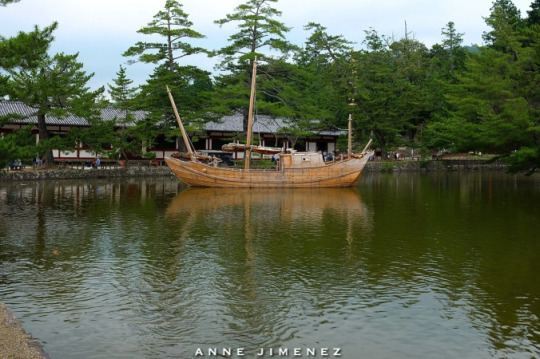
There was a small lake inside the temple complex with this ancient-looking boat.

There was even a mini torii.

The second gate going to Tōdai-ji Temple.

Finally, the magnificent Tōdai-ji Temple.

People pay their respects to Vairocana by burning incense at the doorstep.

Vairocana or Daibutsu.

Another Buddha statue inside the temple.

Looking over the temple grounds.
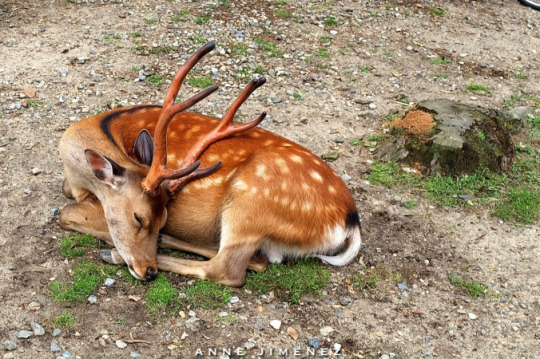
So sweet and adorable.

We found this area at the farther portion of Nara Park. Walk. Walk. Walk.

Yin and yang.
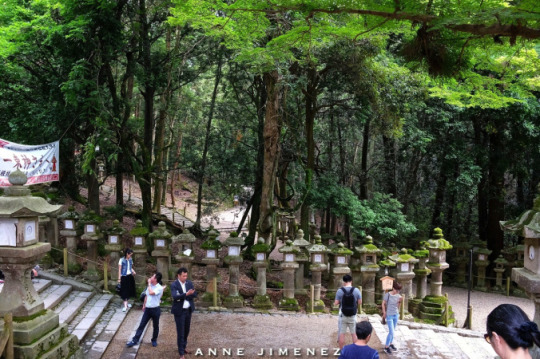
So many lamp posts.
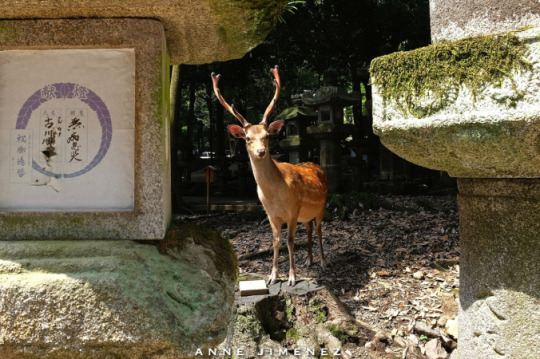
Staring game.

Food. Always food.

More food.
After the temple, we roamed some more inside Nara Park until we had enough of deers and trees. It was mid-afternoon by that time and we still wanted to visit the Heijō Palace. Because the park was so crowded and traffic, we decided to take a bus which we thought will bring us to the palace. We alighted at the other side of the palace grounds and it was a very long walk going to the palace under the blistering sun. To make the long story short, we were only able to see the palace from afar and we had to wait again for more than an hour to ride the bus which took us to the train station going back to Kyoto.
Because it was just a short stay in Nara, I could definitely say that I was not able to feel the vibe of this city and only got a glimpse of what it can offer to its visitors. Next time again, Nara.
A new blog from our day trip in Nara, Japan. A glimpse of Ancient Nara. Since Nara is just a 45-minute train ride away from Kyoto, we decided to visit the place for a day.
0 notes
Text

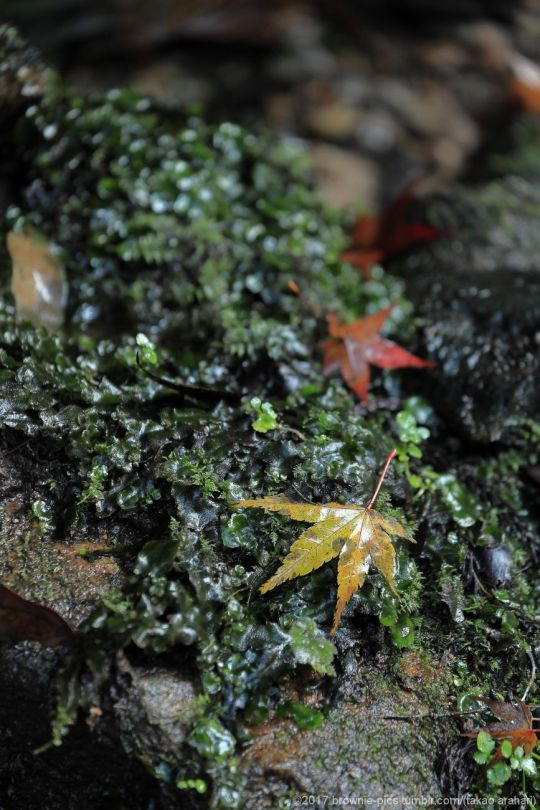
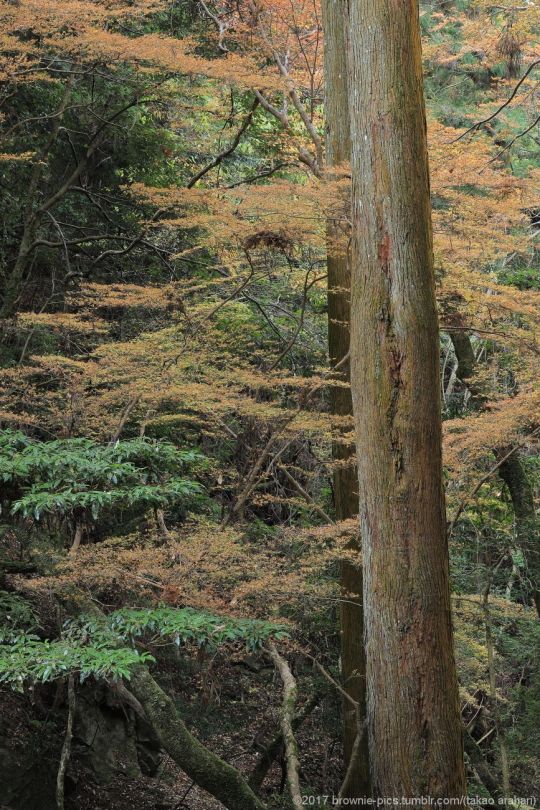
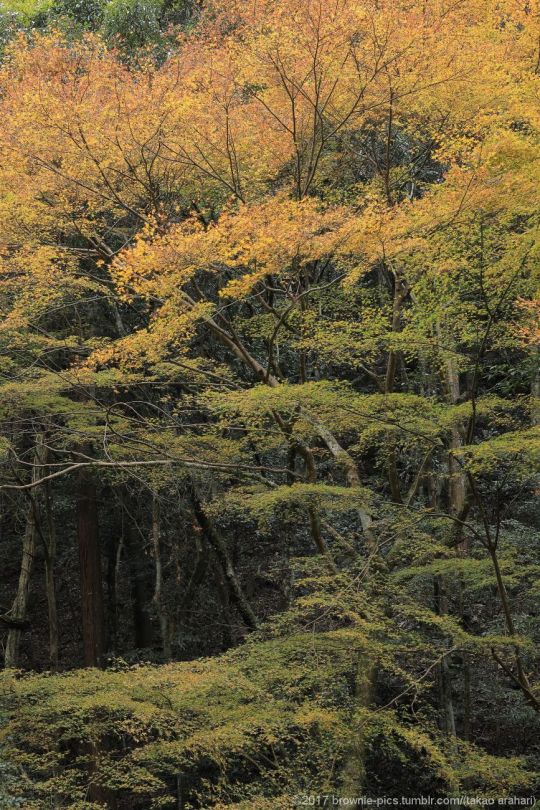
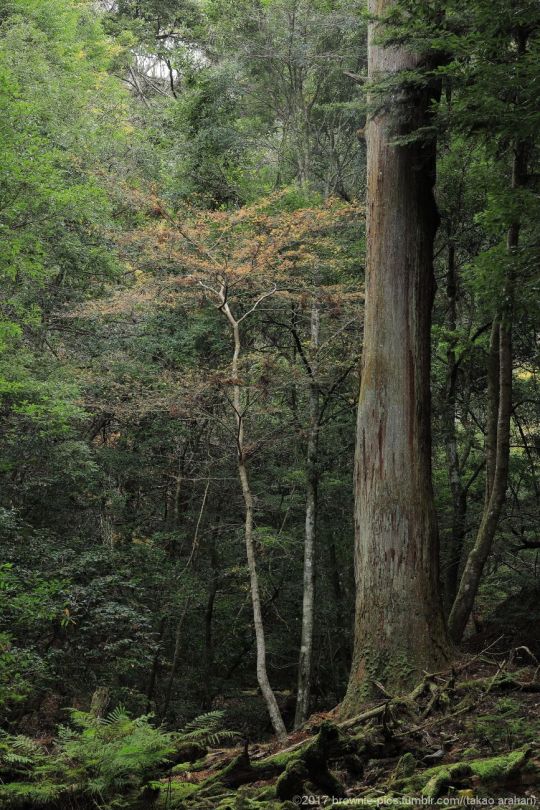
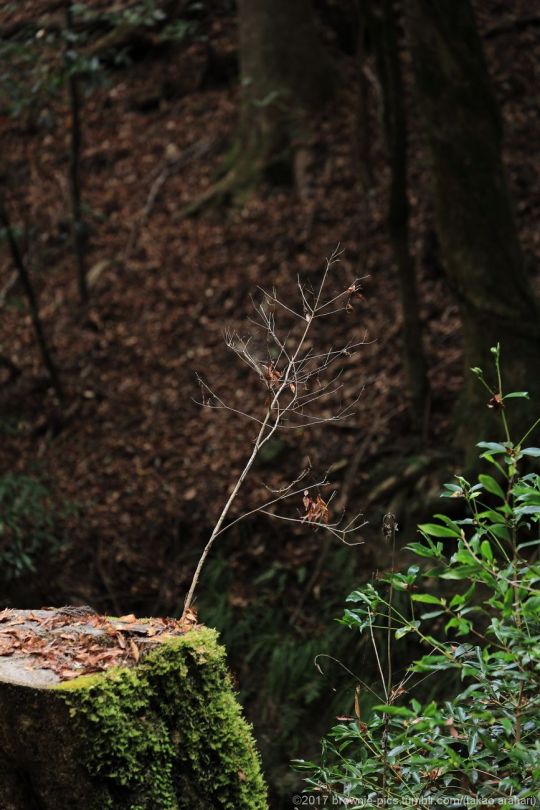



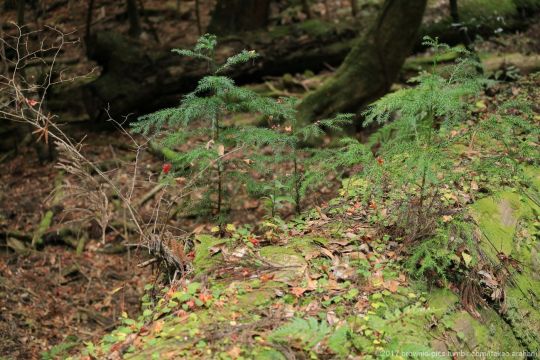
'23.12.3 滝坂の道にて
この日は @masachi さんと @neko-no-oto さんが来奈。新緑の頃に周った滝坂の道~春日山遊歩道を秋にも見たい!巨木に再開したい!!とのmasachiさんのリクエストで春と同じコースを撮り歩き。
もうすでにお二方は当日の模様を数編ずつアップされていて、レポはほぼ結びを迎えておられます(早いな💦)
そして僕がのたのたと当日のレポを始めるというこのスローモーさ・・。お二方のレポでは撮影風景も取り混ぜておられますが、三脚にPLフィルターというスローシャッター仕様で撮ってた僕はカメラでのお二方の写真はなく(すまぬ😓)、自分勝手な写真ばかりのレポになります・・。
この森は接写も勿論良いのですが、個人的には10~15mほどの距離感で木々を撮るのが好きな場所。そんな写真が多くなりがちですが、数回に分けてレポしてみます。
・・9枚目は春にもほぼ同じようなアングルで撮っていました。このレポの2枚目がそうです↓
#奈良#nara#奈良公園#nara park#日本#japan#滝坂の道#takisaka no michi path#旧柳生街道#old yagyu road#春日山原始林#kasugayama primeval forest#紅葉#atumn leaves#秋#autumn
107 notes
·
View notes
Link
JEPANG selalu menyimpan banyak pesona bagi para pelancong. Kota ini penuh dengan warna, pesona alam dan keindahan gunung-gunung yang mempesona. Selain itu Jepang terkenal dengan orang-orang yang ramah dan bersahabat termasuk pula kehangatan kuliner yang disajikan.
Karena itu tidak heran jika Jepang kemudian menjadi salah satu destinasi bulan madu bagi banyak pasangan. Jika kalian berkesempatan berbulan madu di kota ini, maka ada 9 kota yang wajib kalian kunjungi.
Berikut penjelasannya.
Tokyo
Tokyo adalah kota metropolis terbesar di dunia. Kota ini sangat besar dan penuh dengan begitu banyak pemandangan yang membuat kalian bisa betah selama seharian. Berada di kota ini, kalian bisa melakukan eksplorasi di setiap sudut kotanya. Ada banyak hal bisa kalian temui saat berada di Jepang.
Sapporo
Sapporo menjadi tuan rumah Olimpiade Musim Dingin 1972, dan dikenal untuk resor ski-nya … dan bir! Sapporo jelas merupakan suatu kota bersalju dan memiliki festival salju setiap tahun. Jadi waktu terbaik berkunjung adalah sekitar musim dingin.
Kyoto
Naik kereta pendek dari Osaka, Kyoto pernah menjadi ibukota Jepang. Sekarang orang mengunjungi Kyoto untuk mendapatkan sekilas dari sejarah yang kaya Jepang dan budaya. Melihat kuil-kuil Buddha dan taman yang indah. Pergi ke Gion dan kalian dapat melihat geisha sedang berjalan-jalan atau naik di gerbong.
Fukuoka
Dengan warga yang ramah, santai, dan pantai bagus, Fukuoka pasti akan menemukan tempat khusus di hati kalian. Kota itu sendiri termasuk di antara salah satu kota paling baik untuk ditinggali dan memiliki keseimbangan kehidupan kerja yang fantastis bagi para penghuninya. Juga ketika di Fukuoka, jangan lupa untuk pergi ke kastil!
Osaka
Kota pelabuhan yang indah dari Osaka dimana kalian akan menemukan sebuah restoran sushi tanpa nama, dan menikmati makanan terbaik yang pernah kalian rasakan dalam hidupmu. Ini adalah kota Jepang penuh dengan karakter, kegembiraan dan kesenangan yang pernah kalian lihat!
Nara
Meskipun Nara adalah tetangga Kyoto yang sering diabaikan, namun disini kalian bisa menikmati bangunan berejarah. Banyak wisatawan menikmati berjalan di Kasugayama Bukit Primeval Forest untuk mencari kedamaian batin atau setidaknya, menikmati pemandangan alam yang menakjubkan Jepang.
Nagasaki
Nagasaki adalah salah satu kota yang dijatuhi bom atom pada tahun 1945. Di kota ini kalian bisa ke musium Bom Atom dan Peace Park untuk mengenang peristiwa bersejarah bagi bangsa Jepang tersebbut. Kalian juga dapat melihat reruntuhan Battleship Island dengan penduduk yang padat atau menikmat Nagasaki Lantern Festival saat Tahun Baru Imlek.
Naha
Naha, ibukota Okinawa, adalah sebuah hub untuk pulau-pulau Jepang. Disini ada pantai yang bagus yang bisa kalian nikmati bersama dengan paasangan. Selain itu ada masakan Okinawa yang lezat.
Nagoya
Nagoya adalah kota yang lengkap. Kamu bisa berjalan-jalan ke museum, resor, restoran yang bagus, dan berbelanja. Selamat menikmati kota Nagoya.*
ALI IMRON H
Source: 9 Kota Wajib Dikunjungi Saat Honeymoon ke Tokyo
#Honeymoon #Pernikahan #TheWedding
0 notes
Text
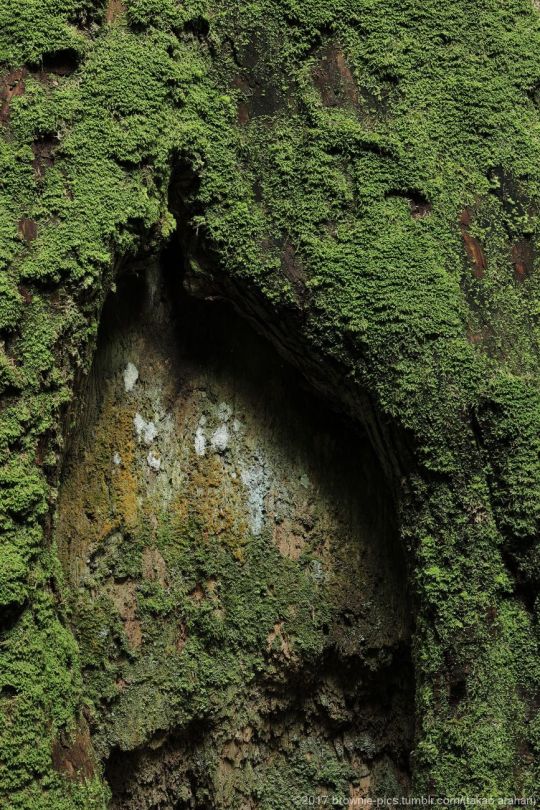

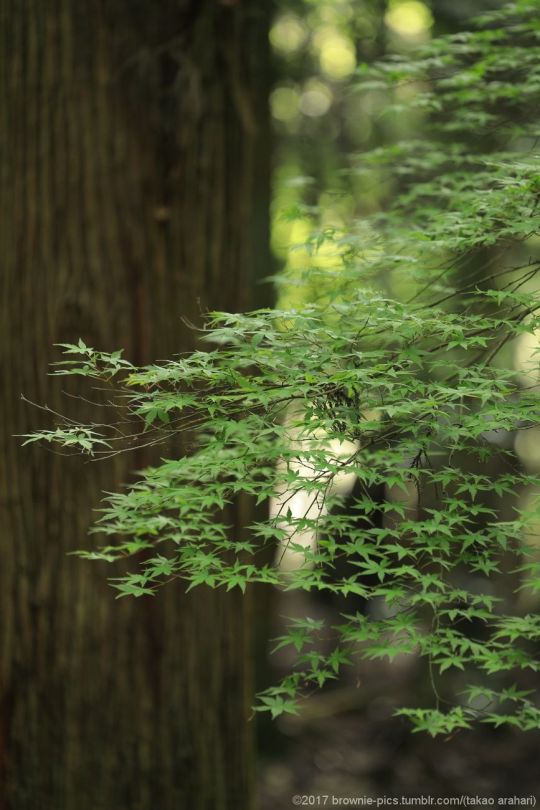



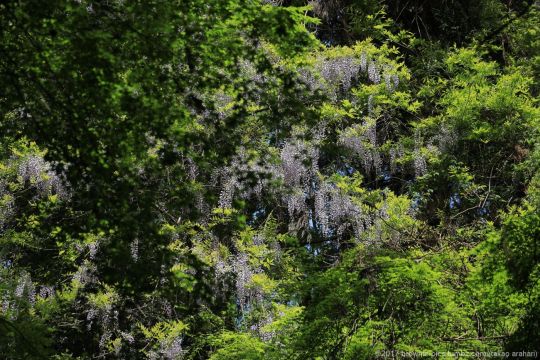




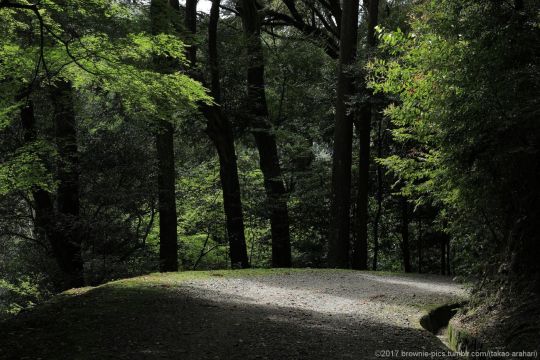
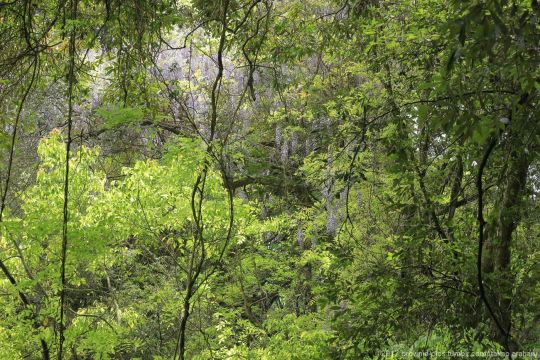


'23.4.29 滝坂の道、春日山遊歩道にて
巨木ハンター @masachi さんとの撮影会、続きです。
滝坂の道を登り、新池周りを歩いた後は春日山遊歩道へと入り下って行きます。この道中も巨木が多く、masachiさんは大喜び。再訪リスト入りの木を何本か見つけられたようです。途中にある妙見宮にも立ち寄り、静かな修行場の雰囲気味わいつつ遊歩道の出口付近に到着。
11時頃と良い時間。お店が混む前に、にゅうめん食べましょうと高畑のお店へ向かいます。
#奈良#nara#日本#japan#奈良公園#nara park#滝坂の道#takisak no michi path#春日山原始林#kasugayama primeval forest#藤#wisteria flowers#新緑#new green leaves#春#spring#旧柳生街道#photographers on tumblr#natgeoyourshot
214 notes
·
View notes
Text





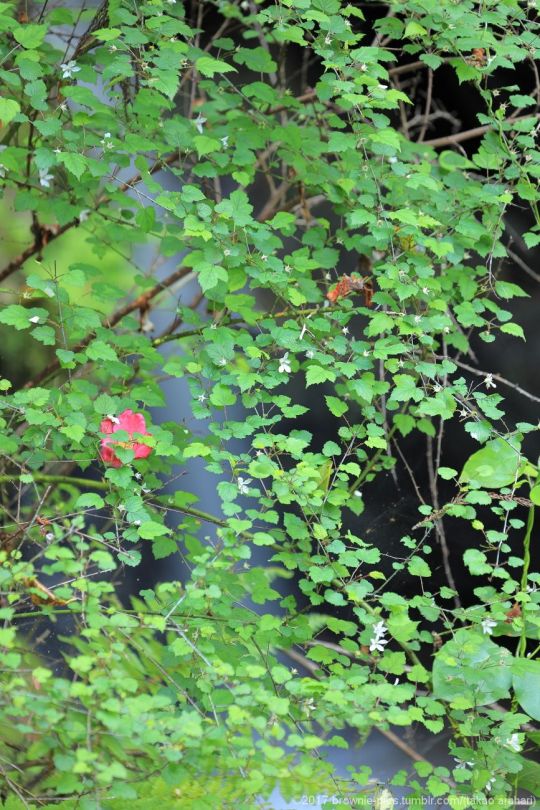



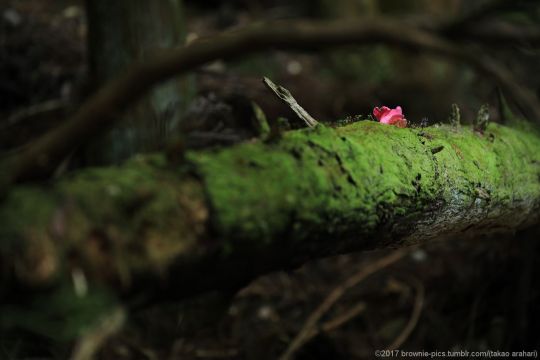

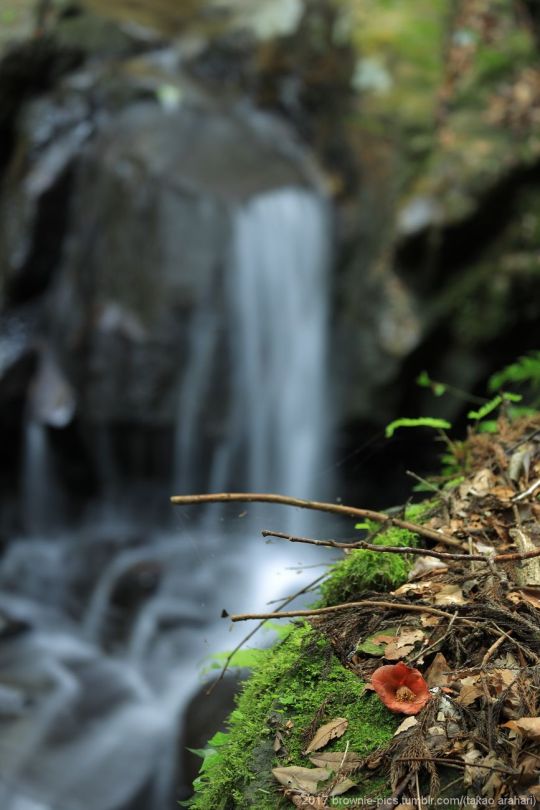

'23.4.29 滝坂の道にて
この日は巨木ハンター @masachi さんが来奈。春の奈良公園を巡りたいとのことで朝に集合。巨木系なら、ということで春日山原始林の中を通る滝坂の道へ。一人で周る時よりスタートが少し遅めということもあって、すでに入口あたりで道の石畳が木漏れ日のスポットライトに照らされていました。基本的に昔からの姿のまま保護されている、原始林に立つ木々の姿にmasachiさんも興味津々。
いつもとちょっと違う時間帯の光景に新鮮さを感じながら、ゆっくりと歩みを進めます。道中は遅めの椿が、咲いている姿と落花した姿の両方を見せてくれていました。
#奈良#nara#日本#japan#奈良公園#nara park#滝坂の道#takisak no michi path#春日山原始林#kasugayama primeval forest#椿#camellia#旧柳生街道#春#spring#photographers on tumblr#natgeoyourshot
173 notes
·
View notes
Photo
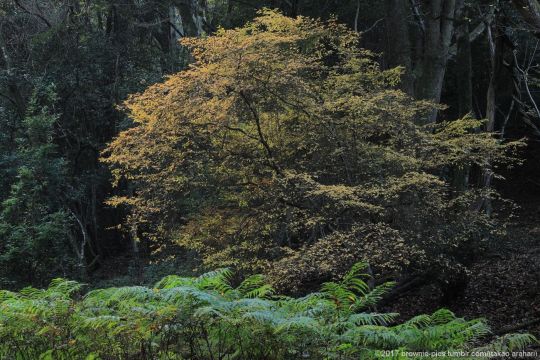
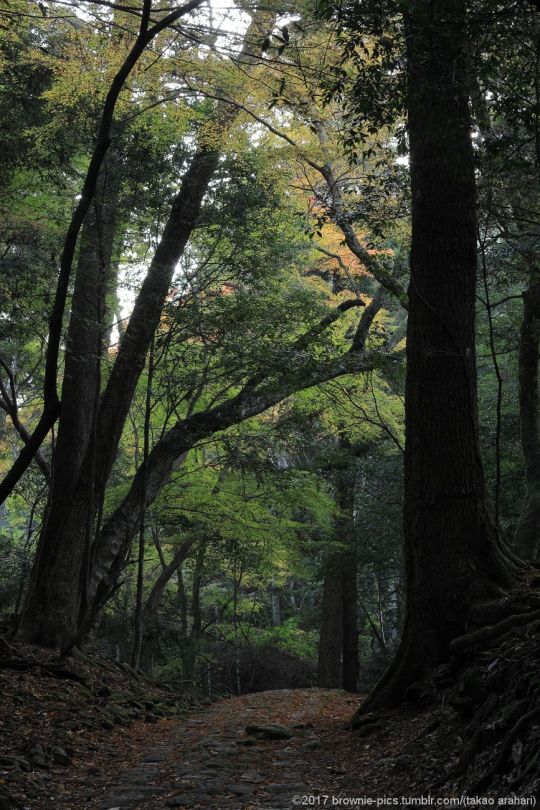


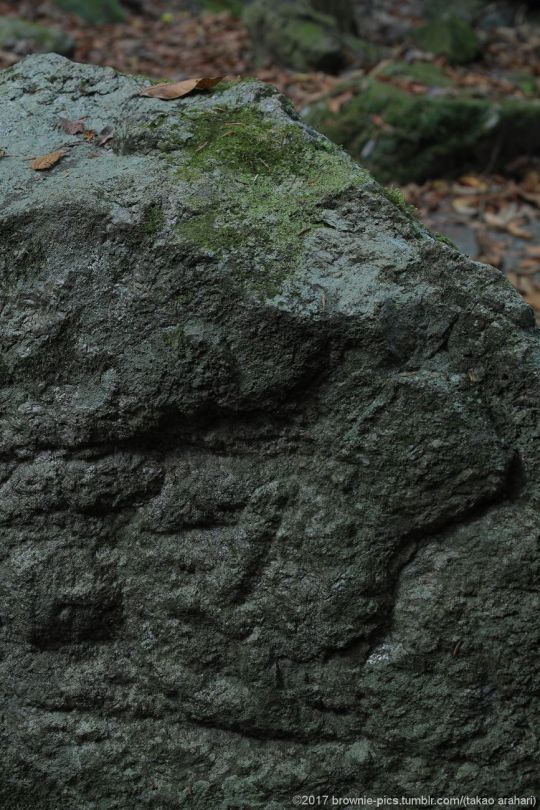
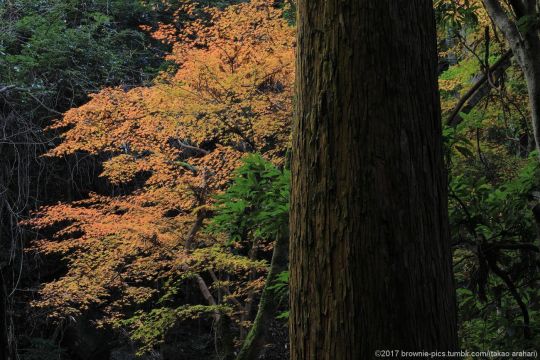
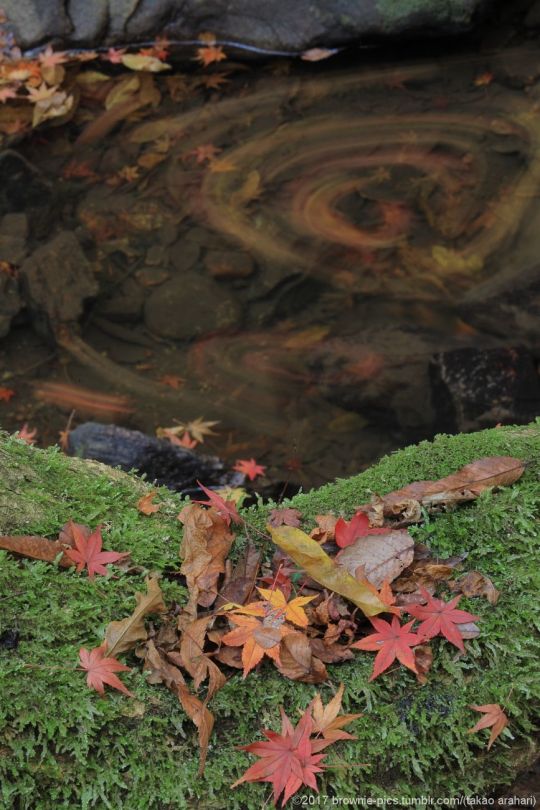
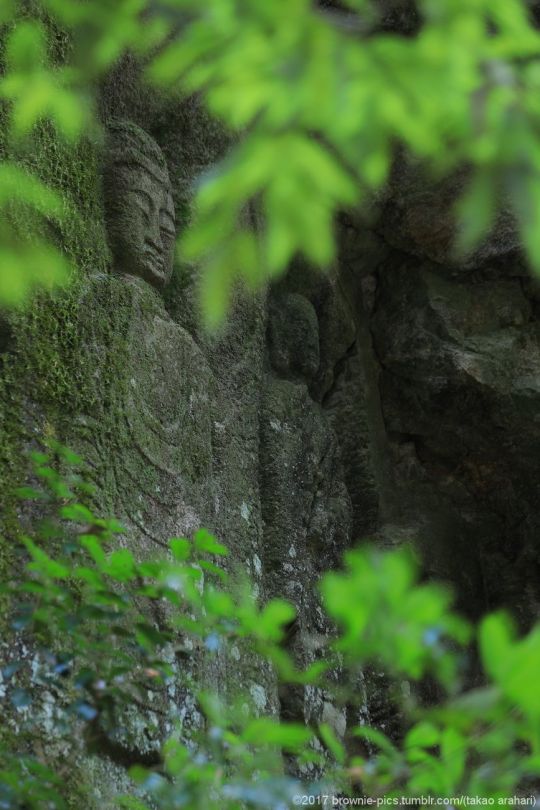
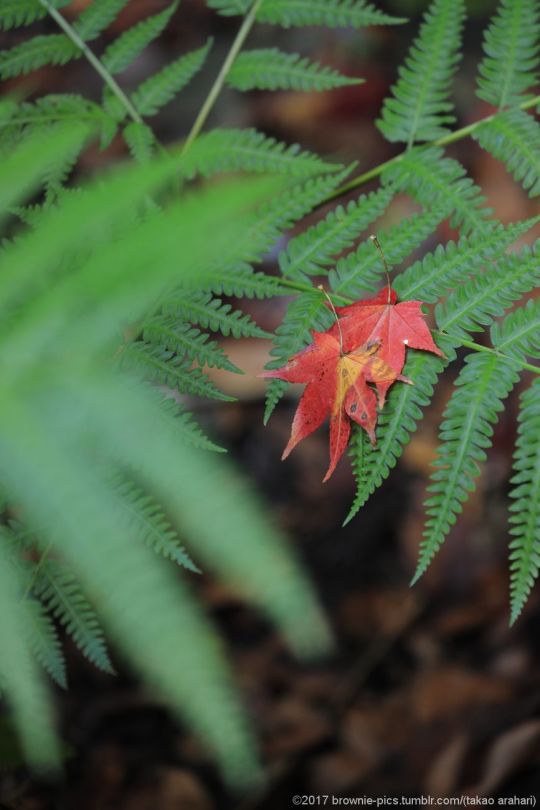
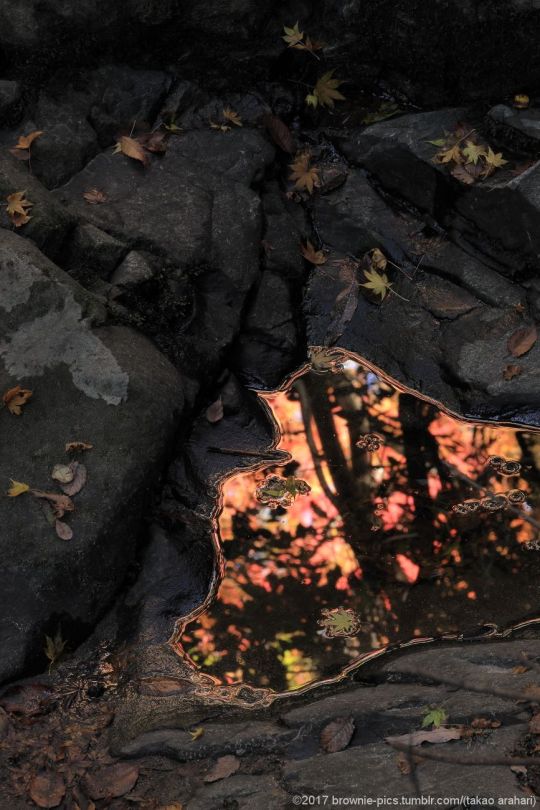
‘22.11.27 滝坂の道にて
年明けましたが、秋の写真に逆戻りw
この日は久しぶりに滝坂の道へ。紅葉も早い木と遅い木が混在していて、盛秋と晩秋、両方の風景を見ることができました。寝仏や朝日観音を含め、何度も撮ったことある場所もまたカメラに収めつつ、ゆっくりと石畳の道を歩きます。
坂を上って行くとそのうち道が平坦になってくるのですが、この辺りでは午前の光が狭い谷の反対側に当たって、まだ陽の届かない小川の水面にリフレクションします。この景色もここを歩く時の楽しみなんです。
#奈良#nara#日本#japan#奈良公園#nara park#滝坂の道#takisakano michi path#春日山原始林#kasugayama primeval forest#能登川#noto river#秋#autumn#紅葉#autumn leaves#photographers on tumblr#natgeoyourshot
183 notes
·
View notes
Photo
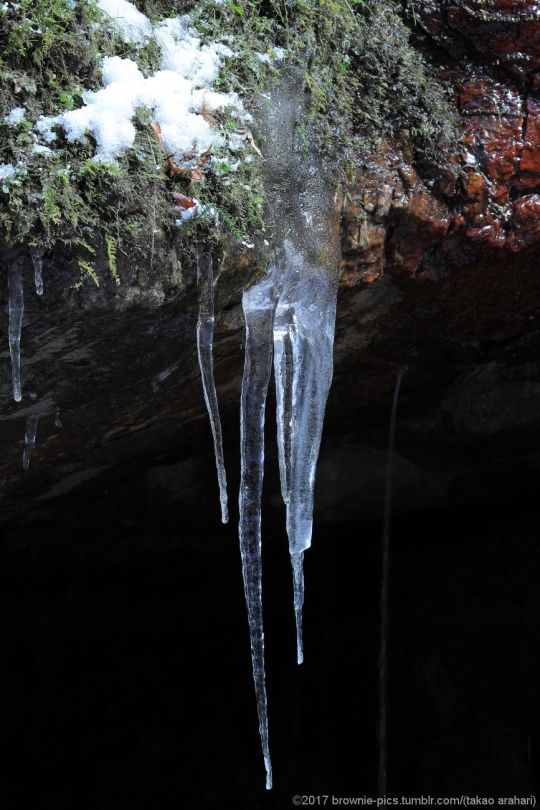

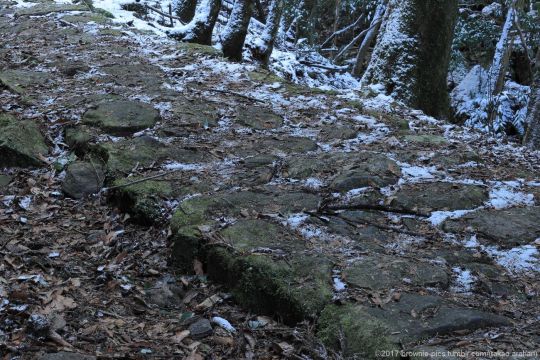
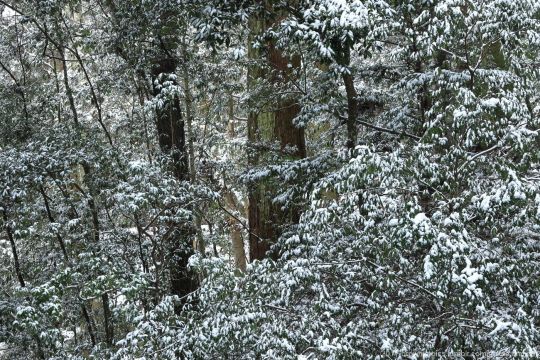


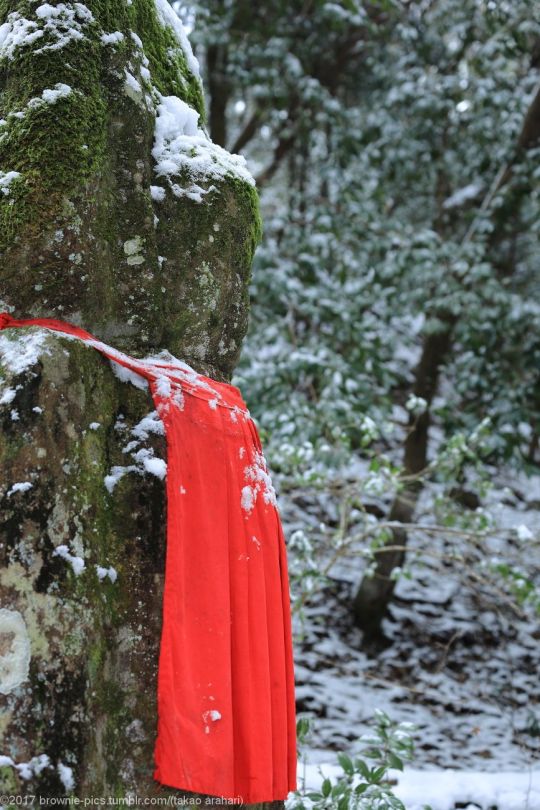

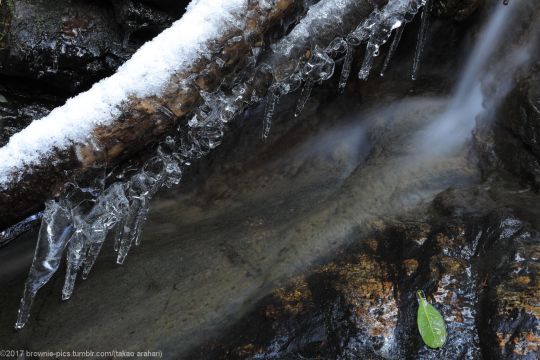
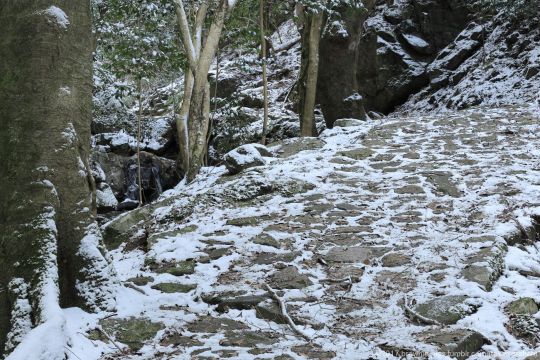
‘23.1.29 滝坂の道にて
立春を過ぎて、温かくなってきました。・・なので慌てて雪の写真をアップ。
雪降ったその日に撮りに行きたかったのですが叶わずで、翌日に残り雪を探しに山の中へ。石畳の道を登っていくと、まだ結構残っていて雪中ハイク気分を楽しむことができました。
#奈良#nara#日本#japan#奈良公園#nara park#滝坂の道#takisakano michi path#旧柳生街道#old yagyu road#春日山原始林#kasugayama primeval forest#冬#winter#雪#snow#photographers on tumblr#natgeoyourshot
152 notes
·
View notes
Photo

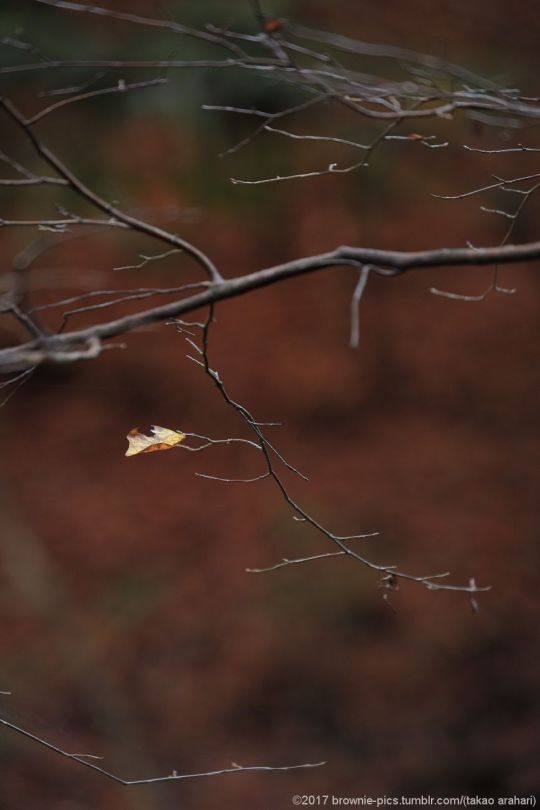



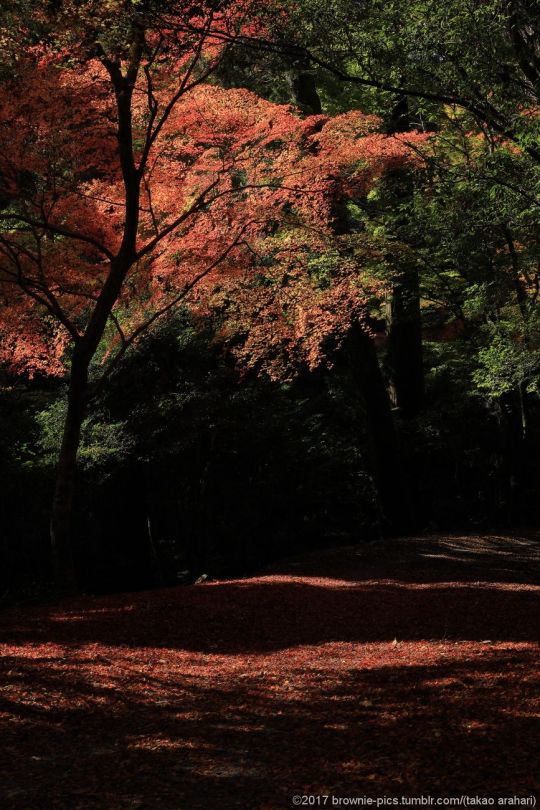
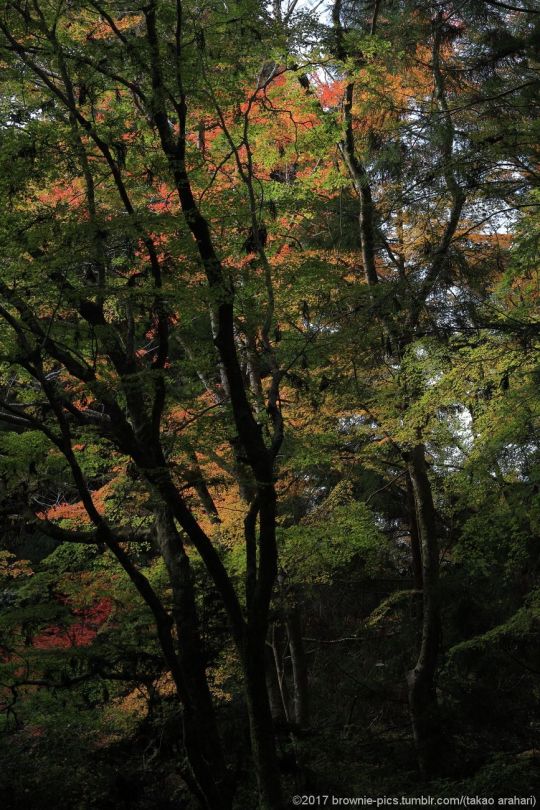

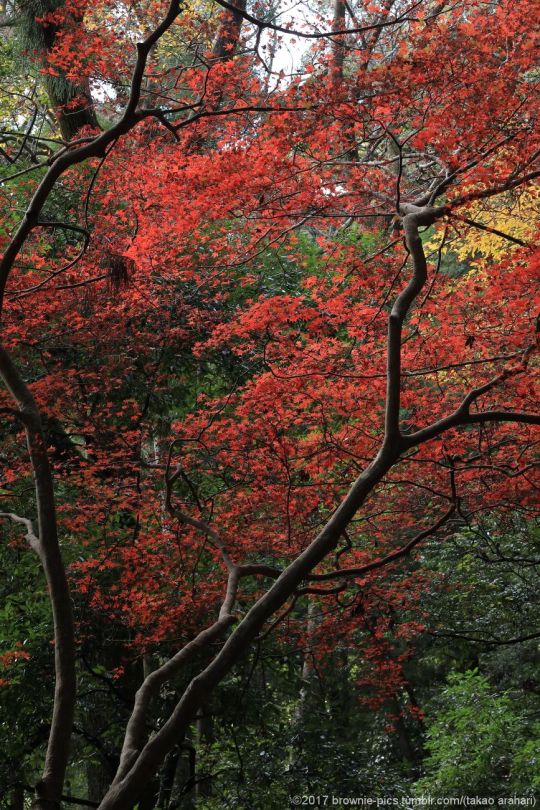

‘22.11.27 滝坂の道、春日山遊歩道にて
フォロワー様から「景色に色の少ない1月に紅葉の色が新鮮で・・」なんてご感想いただいたので、嬉しくなって続編ですw
行きは滝坂の道を登ってきましたが、帰りは春日山遊歩道を下ります。遊歩道は滝坂の道より後で作られた、フラットで広めの未舗装路です。昔は観光車両も走っていたようですが、環境面から今は森林整備の車両とかの関係車と人・自転車のみの通行となっています。
てくてくと歩きながら撮り進みます。ハイキングやトレランの人たちとも多くすれ違いました。
#奈良#nara#日本#japan#奈良公園#nara park#滝坂の道#takisakano michi path#春日山遊歩道#kasuga-yama walking trail#春日山原始林#kasugayama primeval forest#秋#autumn#紅葉#autumn leaves#photographers on tumblr#natgeoyourshot
155 notes
·
View notes
